The Collaboration is set in the 1980s when Andy Warhol teamed up with the painter Jean-Michel Basquiat to create bad art and flog it to idiots. The play unfolds like a documentary and we meet the real-life Warhol. In interviews he rarely said more than ‘yeah’, or ‘cool’, and he explains that this taciturn style was a defence mechanism developed in his youth to protect him from homophobic bullies who found his camp voice offensive.
He comes across as a true original, a brilliantly witty charlatan, a philosopher in a minor key. ‘Where does time go?’ he asks. ‘And why does it keep going there?’ He predicts that within a few decades (i.e. about now) the world will be owned by three mega corporations in whose service all humanity will blindly toil. He’s more or less spot-on. He suffers pain in his abdomen caused by a colleague, Valerie, who shot him. ‘That was so rude.’ He makes no bones about his role as a conman and he sees art as an elaborate hoax played on the curators, the buyers and the fans. All he wants is ‘to make art that forces people to ignore it’, and he quotes with approval a critic who damned his career as ‘nothing itself’. This amuses and puzzles him. ‘Like it’s a bad thing?’
In Act Two he’s confronted by Basquiat’s noisy girlfriend who wants to sell a fridge that bears a few valuable doodles by Basquiat. Warhol offers her $5,000 but he doesn’t carry cash, like the Queen, so he has to borrow it from Basquiat who stores his money in a different fridge. This yarn is hilarious, and believable, but the narrative veers off course when a colleague of Basquiat is injured and hospitalised. The fate of this unseen character overtakes the action but we never meet him so we don’t care if he lives or dies. Clumsy structure. Likewise, the roles of the Swiss curator and Basquiat’s girlfriend are poorly integrated into the story. Despite these tiny faults, this is a great production.
Paul Bettany has a fantastic stage presence, and his portrait of Warhol is subtly and beautifully detailed. He captures his elusive, feline nature, his amoral spirituality, his awareness of life’s farcical side, his exquisite good manners, his personal kindness, his sweetness. A tour de force. Jeremy Pope, as Basquiat, is impressive but his raw materials are harder to work with. Basquiat is a sulky, self-destructive pea brain, incapable of original thought or creative inspiration. His canvases are horribly derivative of tat-mongers such as Picasso and they appear to have been made by a philistine with a paint-gun rather than an artist. Looking at them is as much fun as inspecting a demolished ironworks. But although these eyeball-stabbers are worthless aesthetically, they possess the unassailable mystique of huge monetary value.
Basquiat, a feckless millionaire, likes to spout communist drivel about the duty of artists to challenge the power of commercial brands. And yet he enjoys Cristal champagne which he can afford because of the success of his brand as a painter. Most kids of 12 are smarter than this. It turns out that he isn’t a prodigy from the ghetto but a privately educated yuppie raised in a genteel New York brownstone by rich parents. Broadway will embrace this show if it makes the journey across the Atlantic. That’s where it belongs. One can imagine Warhol himself sitting in the front row and snuffling with amusement. A rich crop of prizes are its due. Fantastic work.
The Woods, a seldom revived two-hander by David Mamet, is set in a log cabin owned by Nick’s family. He likes to take girls up there for a weekend romp and his latest playmate, Ruth, plans to give him a present. For an hour, the couple chat about their hopes and dreams but it’s very dull stuff. No tension or conflict. There’s a long tale about a local nutter who thinks he communicates with Martians.
Finally, Ruth unveils her present and gives Nick a gold bracelet inscribed with a declaration of her love for him. Nick, being a self-centred swine, recoils. He feels smothered. He declares the relationship over. Ruth accepts this and Nick, ever the self-centred swine, becomes interested suddenly in what he can no longer have. He seduces her and she resists.
It’s fascinating to watch these shifts in the sexual dynamic. Moments earlier, Ruth had no power and now she’s in command. What will she do with her authority? Humiliate Nick or surrender to him afresh? This 20-minute scene is classic Mamet but the later action descends into weird violence and speeches of chaotic symbolism. It’s like a reheated version of Oleanna but without that play’s simplicity and stark, raw power. That said, The Woods is worth the trip. Just about.
Got something to add? Join the discussion and comment below.
Get 10 issues for just $10
Subscribe to The Spectator Australia today for the next 10 magazine issues, plus full online access, for just $10.
You might disagree with half of it, but you’ll enjoy reading all of it. Try your first month for free, then just $2 a week for the remainder of your first year.

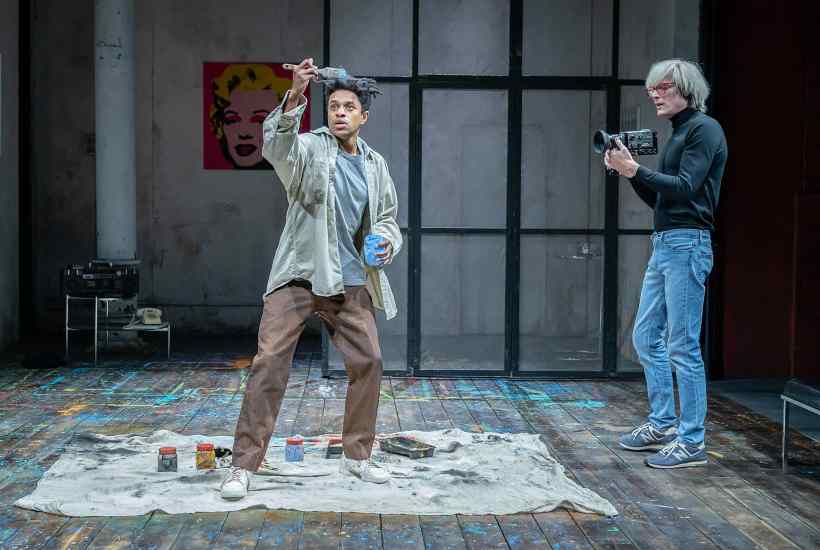
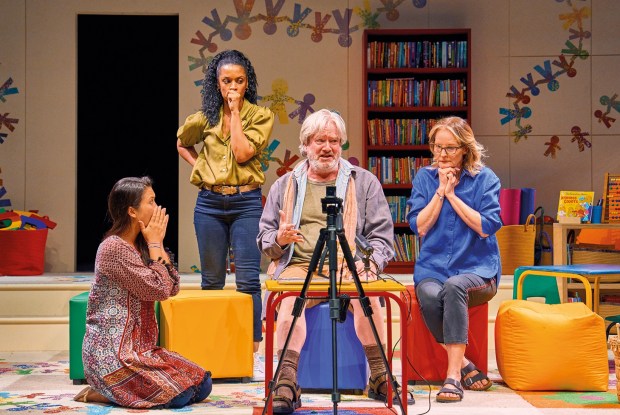
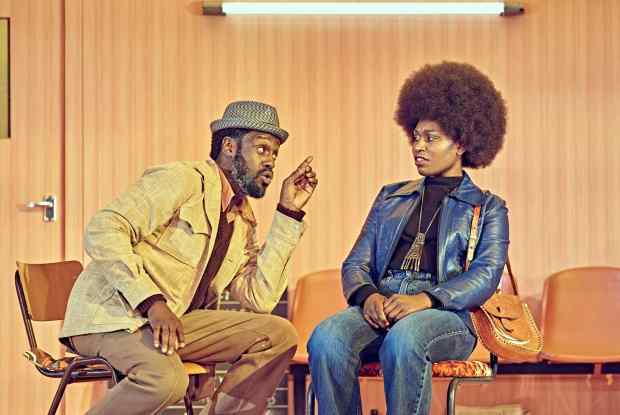

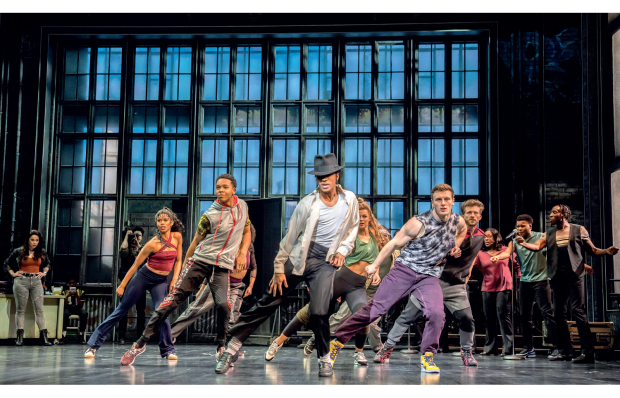
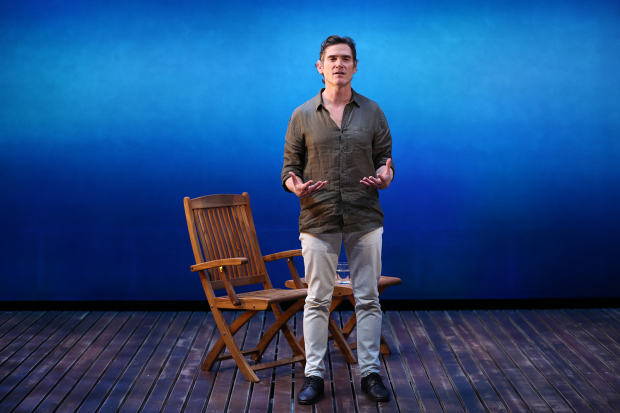
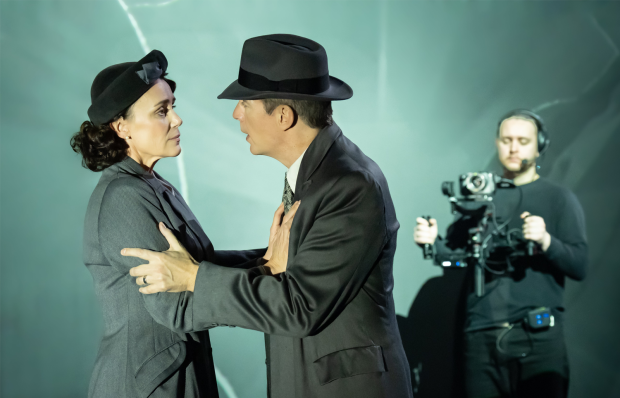






Comments
Don't miss out
Join the conversation with other Spectator Australia readers. Subscribe to leave a comment.
SUBSCRIBEAlready a subscriber? Log in